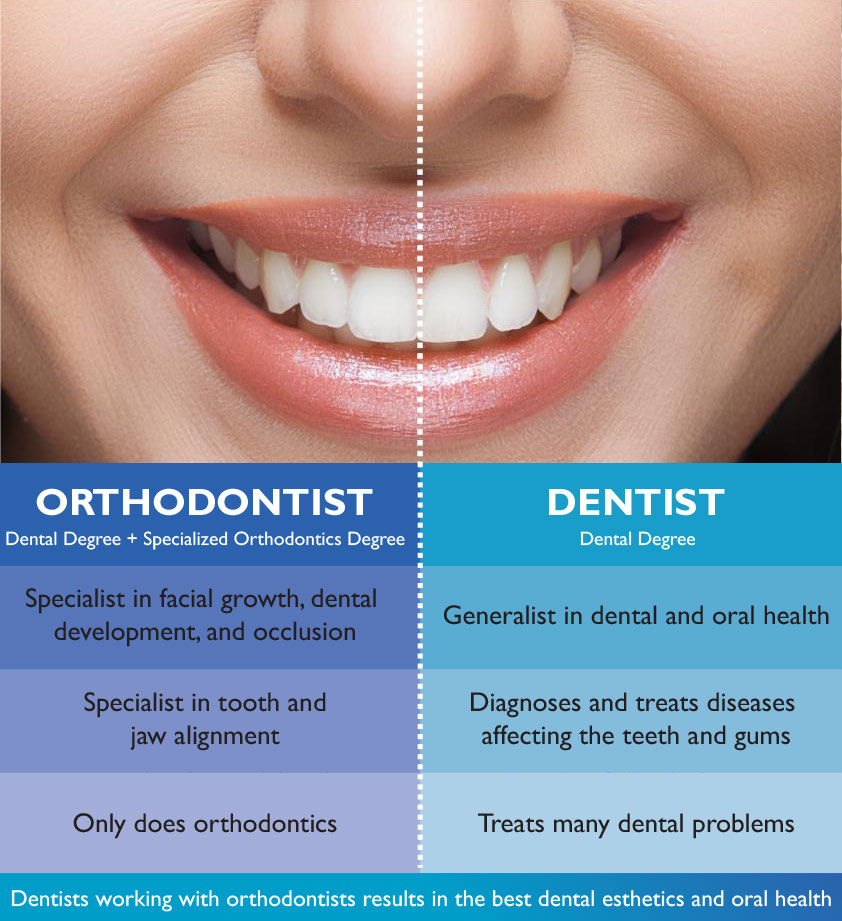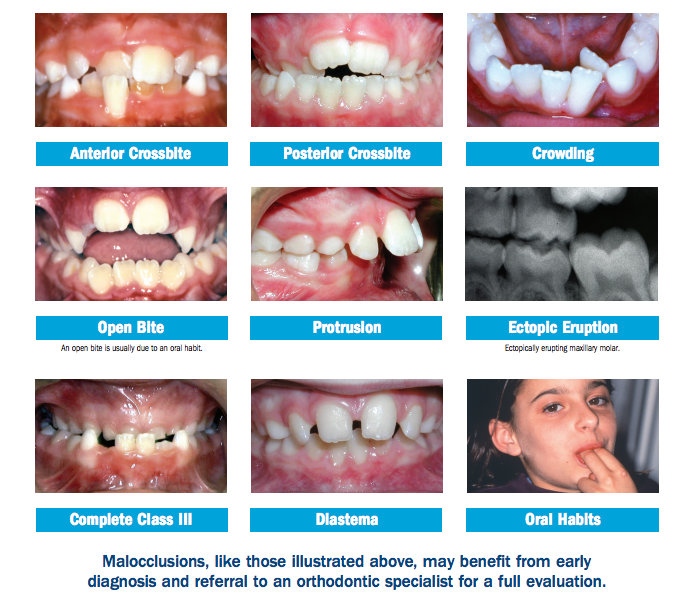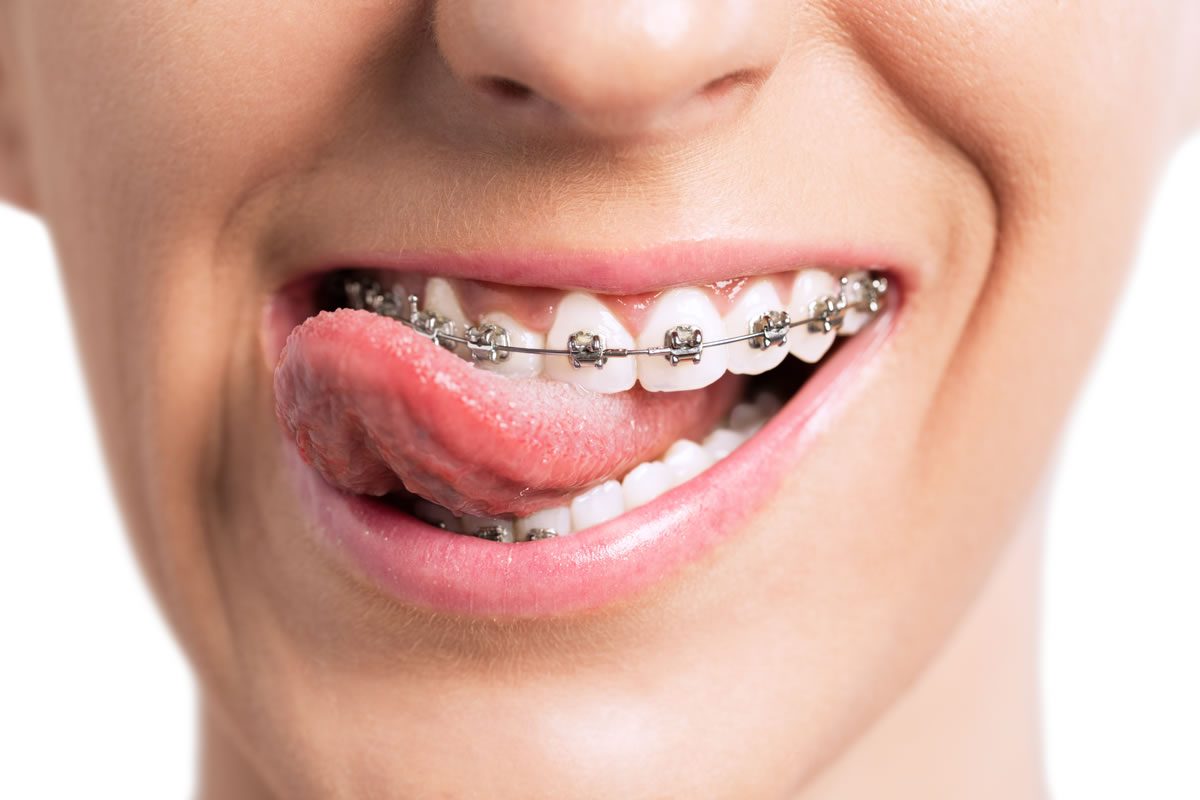The Only Guide for Causey Orthodontics
Wiki Article
Causey Orthodontics - Questions
Table of ContentsThe Of Causey OrthodonticsAn Unbiased View of Causey OrthodonticsCausey Orthodontics Things To Know Before You Get ThisNot known Factual Statements About Causey Orthodontics The Main Principles Of Causey Orthodontics
Overlooking occlusal partnerships, it was common to remove teeth for a selection of dental issues, such as malalignment or congestion. The idea of an intact dentition was not widely valued in those days, making bite connections seem unnecessary. In the late 1800s, the concept of occlusion was essential for developing trusted prosthetic replacement teeth.As these concepts of prosthetic occlusion progressed, it came to be an invaluable device for dentistry. It remained in 1890 that the work and effect of Dr. Edwards H. Angle started to be felt, with his payment to contemporary orthodontics particularly notable. Concentrated on prosthodontics, he educated in Pennsylvania and Minnesota before directing his attention towards oral occlusion and the treatments needed to keep it as a normal condition, thus coming to be recognized as the "daddy of contemporary orthodontics".

The idea of perfect occlusion, as proposed by Angle and incorporated right into a category system, allowed a change in the direction of treating malocclusion, which is any type of deviation from typical occlusion. Having a complete collection of teeth on both arcs was extremely searched for in orthodontic treatment due to the requirement for specific partnerships between them.
Not known Facts About Causey Orthodontics
As occlusion ended up being the key priority, facial percentages and visual appeals were ignored - orthodontist near me. To accomplish perfect occlusals without making use of outside pressures, Angle postulated that having best occlusion was the most effective way to obtain optimum facial looks. With the passing of time, it came to be quite evident that also an outstanding occlusion was not suitable when taken into consideration from an aesthetic perspectiveIt came to be obvious that orthodontic treatment might readjust mandibular advancement, resulting in the formation of practical jaw orthopedics in Europe and extraoral force steps in the United States. Nowadays, both practical home appliances and extraoral tools are applied around the world with the goal of modifying development patterns and kinds. Subsequently, pursuing true, or at the very least improved, jaw connections had become the main purpose of treatment by the mid-20th century.
5 Simple Techniques For Causey Orthodontics
 The American Journal of Orthodontics was produced for this objective in 1915; prior to it, there were no scientific purposes to adhere to, neither any exact classification system and brackets that did not have attributes. Until the mid-1970s, braces were made by wrapping steel around each tooth. With improvements in adhesives, it became feasible to instead bond steel brackets to the teeth.
The American Journal of Orthodontics was produced for this objective in 1915; prior to it, there were no scientific purposes to adhere to, neither any exact classification system and brackets that did not have attributes. Until the mid-1970s, braces were made by wrapping steel around each tooth. With improvements in adhesives, it became feasible to instead bond steel brackets to the teeth.This has actually had significant effects on orthodontic therapies that are carried out consistently, and these are: 1. Correct interarchal relationships 2. Appropriate crown angulation (suggestion) 3.
The advantage of the design depends on its bracket and archwire mix, which requires only very little cord flexing from the orthodontist or medical professional (orthodontist near me). It's appropriately named hereafter attribute: the angle of the port and density of the bracket base inevitably establish where each tooth is located with little need for additional control
7 Easy Facts About Causey Orthodontics Described
Both of these systems employed identical brackets for each and every tooth and demanded the bending of an archwire in three airplanes for finding teeth in their desired placements, with these bends determining supreme placements. When it involves orthodontic home appliances, they are divided right into 2 types: removable and dealt with. Detachable appliances can be taken on and off by the person as required.
Thus, mostly all modern fixed appliances can be taken into consideration variations on this edgewise device system. Early 20th-century orthodontist Edward Angle made a significant payment to the world of dental care. He produced four unique home appliance systems that have been made use of as the basis for several orthodontic therapies today, barring a couple of exemptions.
4 Easy Facts About Causey Orthodontics Explained

The cord finished in a string, and to relocate onward, a flexible nut was made use of, which allowed for a boost in area. By ligation, each private tooth was connected to this extensive archwire (orthodontist expert). Because of its limited variety of motion, Angle was incapable to accomplish exact tooth placing with an E-arch
These tubes held a soldered pin, which can be repositioned at each appointment in order to relocate them in position. Referred to as the "bone-growing device", this gizmo was supposed to motivate much healthier bone growth as a result of its capacity for moving force directly to the origins. Implementing it verified problematic in fact.
Report this wiki page